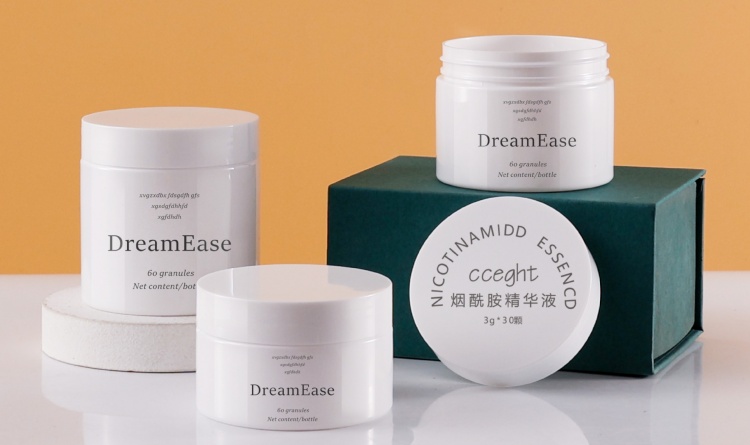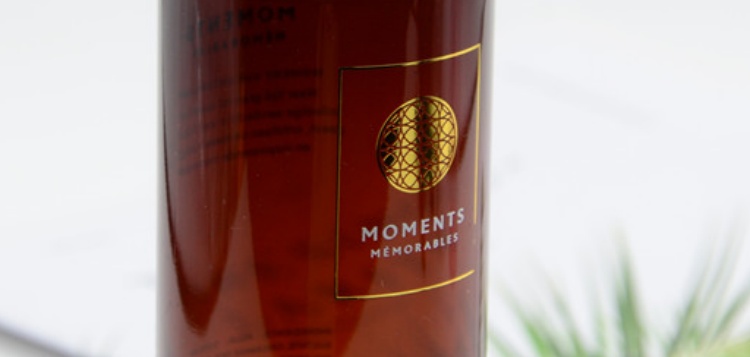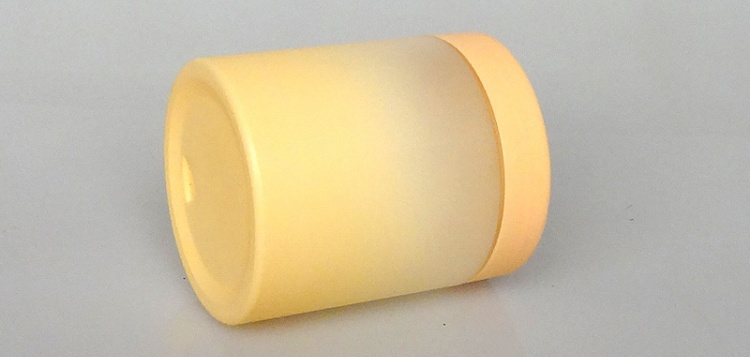Leave a Message
We will call you back soon!
 Your message must be between 20-3,000 characters!
Your message must be between 20-3,000 characters!
 Please check your E-mail!
Please check your E-mail!
 Please check the verification code!
Please check the verification code!
SUBMIT
Plastic jars are widely used in various industries, including food, cosmetics, pharmaceuticals, and household products. To enhance their aesthetic appeal, functionality, and brand value, several surface finishing techniques can be applied. These techniques not only improve the visual appearance but also add durability and unique characteristics to the plastic jars. Below are some of the most common surface finishing processes for plastic jars.
1. Printing
Printing is one of the most popular methods for decorating plastic jars. Techniques such as screen printing, offset printing, and digital printing allow for high-quality graphics, logos, and product information to be applied directly onto the surface. This method is ideal for creating vibrant and detailed designs that attract consumer attention.

2. Hot Stamping (Foil Stamping)
Hot stamping involves transferring metallic or colored foil onto the surface of the plastic jar using heat and pressure. This technique is often used to create a luxurious, shiny finish, making it suitable for high-end cosmetic and personal care products.

3. Spray Coating
Spray coating involves applying a thin layer of paint or protective coating to the surface of the plastic jar and lotion bottles. This process not only enhances the appearance but also provides additional protection against scratches, UV rays, and chemical exposure. It can be used to achieve a variety of textures and finishes, including matte, glossy, or metallic effects.

4. Laser Engraving
Laser engraving uses a laser beam to etch designs, logos, or text onto the surface of the plastic jar. This method is highly precise and allows for intricate patterns and customization. It is often used for branding, serial numbers, or decorative purposes.
5. Vacuum Metallization
Vacuum metallization is a process where a thin layer of metal, such as aluminum, is deposited onto the surface of the plastic jar in a vacuum chamber. This creates a reflective, mirror-like finish that is commonly used for decorative purposes in the cosmetics and personal care industry.
6. In-Mold Decoration (IMD)
In-mold decoration involves placing a pre-printed film inside the mold before the plastic is injected. The film fuses with the plastic during the molding process, resulting in a durable and high-quality finish. This technique is ideal for complex designs and provides excellent resistance to wear and tear.
7. Labeling
Labels can be applied to plastic jars using adhesive or shrink sleeves. This method is versatile and allows for easy customization and updates to the design. Shrink sleeves, in particular, provide 360-degree coverage and can conform to complex shapes.
8. Texture Coating
Texture coating involves applying a textured finish to the surface of the plastic jar. This can range from soft-touch coatings that provide a velvety feel to rough textures that improve grip. Texture coatings are both functional and decorative.
9. Varnishing
Varnishing adds a protective layer to the surface of the plastic jar, enhancing its durability and resistance to environmental factors. It can also provide a glossy or matte finish, depending on the desired effect.
Conclusion
The surface finishing of plastic jars plays a crucial role in their overall appeal and functionality. By choosing the appropriate technique, manufacturers can create products that stand out in the market, meet consumer expectations, and align with brand identity. Whether it's through printing, coating, engraving, or other methods, the possibilities for enhancing plastic jars are vast and versatile.